by Henry May 06,2025
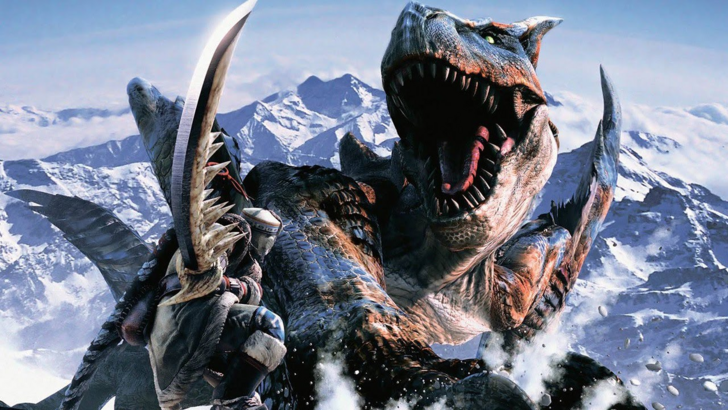
Monster Hunter is renowned for its diverse weapon types and engaging gameplay, but did you know that even more weapons have been left out of the newer games? Dive into the history of Monster Hunter weapons and uncover more fascinating details.
← Return to Monster Hunter Wilds' main article
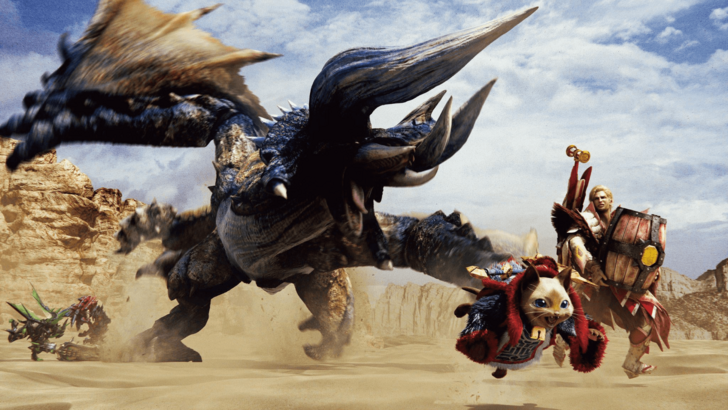
Since its debut in 2004, Monster Hunter has captivated players for over two decades with its rich array of weapon types. Monster Hunter Wilds will offer fourteen distinct weapon types, each boasting unique strengths, weaknesses, movesets, and mechanics that players must master. Over time, the game has introduced new tools and mechanics, dramatically transforming weapons like the Great Sword from their initial iterations. Moreover, there are weapons from older games that never made it to the West. Let's explore the evolution of Monster Hunter's weaponry.

The first generation of Monster Hunter introduced weapons that have since become iconic, evolving significantly in terms of movesets, mechanics, and more.

The Great Sword, a hallmark of the franchise since 2004, is known for its high damage output, albeit at the cost of slow movement and attack speeds. Initially designed for hit-and-run tactics, it gained its signature Charged Slash in Monster Hunter 2, allowing players to charge up to three levels for a devastating swing. Subsequent games enhanced its charging mechanics, adding new finishers and smoother combos, such as the shoulder tackle in Monster Hunter World. The Great Sword remains a weapon with a low skill floor but a high skill ceiling, rewarding players who can maximize damage within tight windows.

The Sword and Shield embodies versatility, offering balanced damage, quick combos, mobility, and the ability to block. Originally seen as a beginner-friendly weapon, it has evolved with new mechanics like the ability to use items without sheathing in Monster Hunter 2. Later generations added shield bash combos, backstep and jumping attacks, and the powerful Perfect Rush combo in Monster Hunter World and Rise. Despite its understated appearance, the Sword and Shield is a versatile weapon that excels in multiple scenarios.
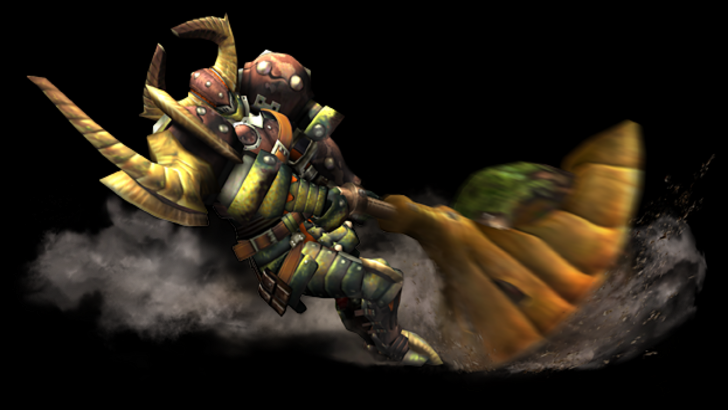
The Hammer, focusing on blunt damage, excels at breaking monster parts and knocking them out, especially when targeting the head. Initially similar to the Great Sword in its hit-and-run style, the Hammer offers surprising mobility and a unique charge mechanic allowing movement while charging. Significant changes in Monster Hunter World and Rise introduced the Big Bang and Spinning Bludgeon attacks, along with Strength and Courage modes, adding depth to its gameplay. Mastering the Hammer involves balancing charge levels and mode switching for optimal damage.
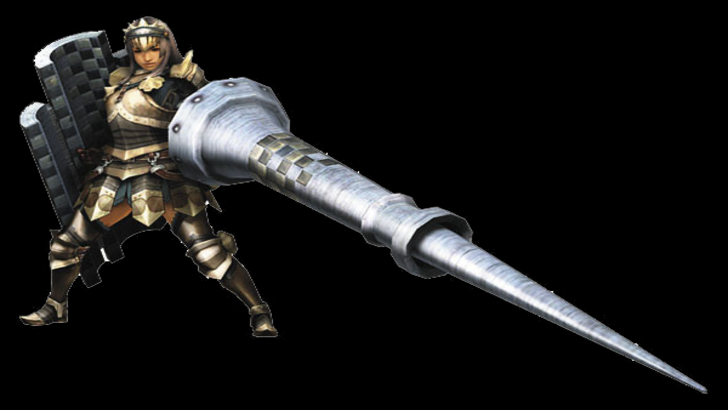
The Lance is the epitome of defense with its long reach and large shield, enabling players to block most attacks and maintain a safe distance. Despite its limited mobility and attack variety, it offers substantial damage output. Its playstyle is akin to an outboxer, using counter mechanics to reinforce its defensive nature. While often considered less flashy, the Lance's design rewards players for standing their ground, turning them into a formidable tank.
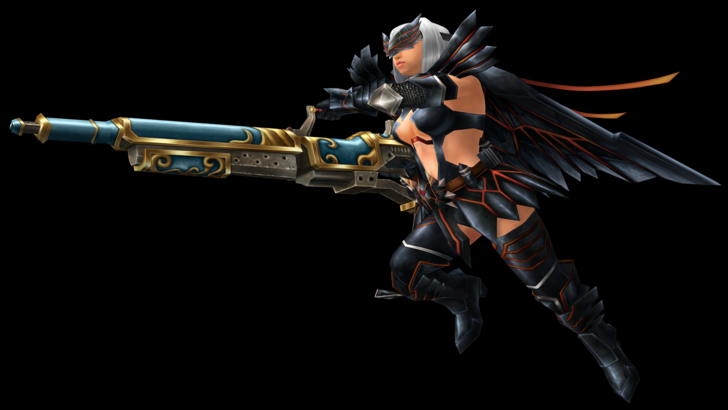
The Light Bowgun, a ranged weapon since the first generation, prioritizes mobility and faster reload speeds due to its size. While it lacks the firepower of the Heavy Bowgun, it compensates with customization options like long barrels and scopes. The introduction of the Critical Distance mechanic in Monster Hunter 4 and the Wyvernblast in Monster Hunter World added depth to its gameplay, enhancing its run-and-gun style.
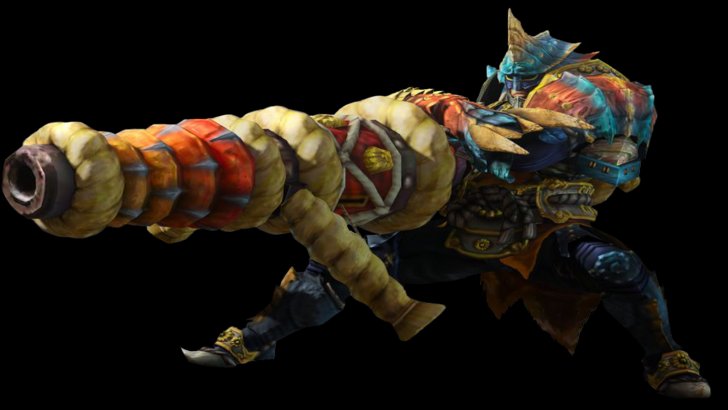
The Heavy Bowgun is the go-to ranged weapon for high damage and special ammunition. Its slow movement is offset by its flexibility in ammunition types and customization, including shields for added protection. The introduction of Siege Mode in Monster Hunter 3 and special ammo types like Wyvernheart and Wyvernsnipe in Monster Hunter World further refined its role as a powerful artillery weapon.
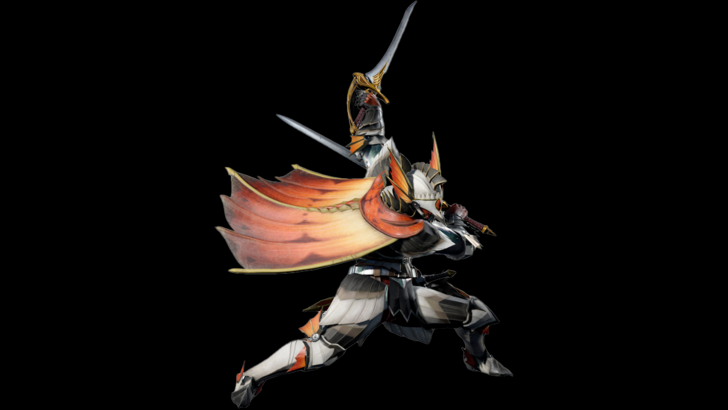
The Dual Blades, introduced in the Western release of the first game, emphasize speed and fluid combos, ideal for inflicting status ailments and elemental damage. The weapon's Demon Mode enhances damage output at the cost of stamina, while the Demon Gauge introduced in later games allowed access to Archdemon Mode for even more powerful attacks. The weapon's Demon Dash and Adept Hunter Style in Monster Hunter Generations Ultimate further enhance its offensive capabilities.
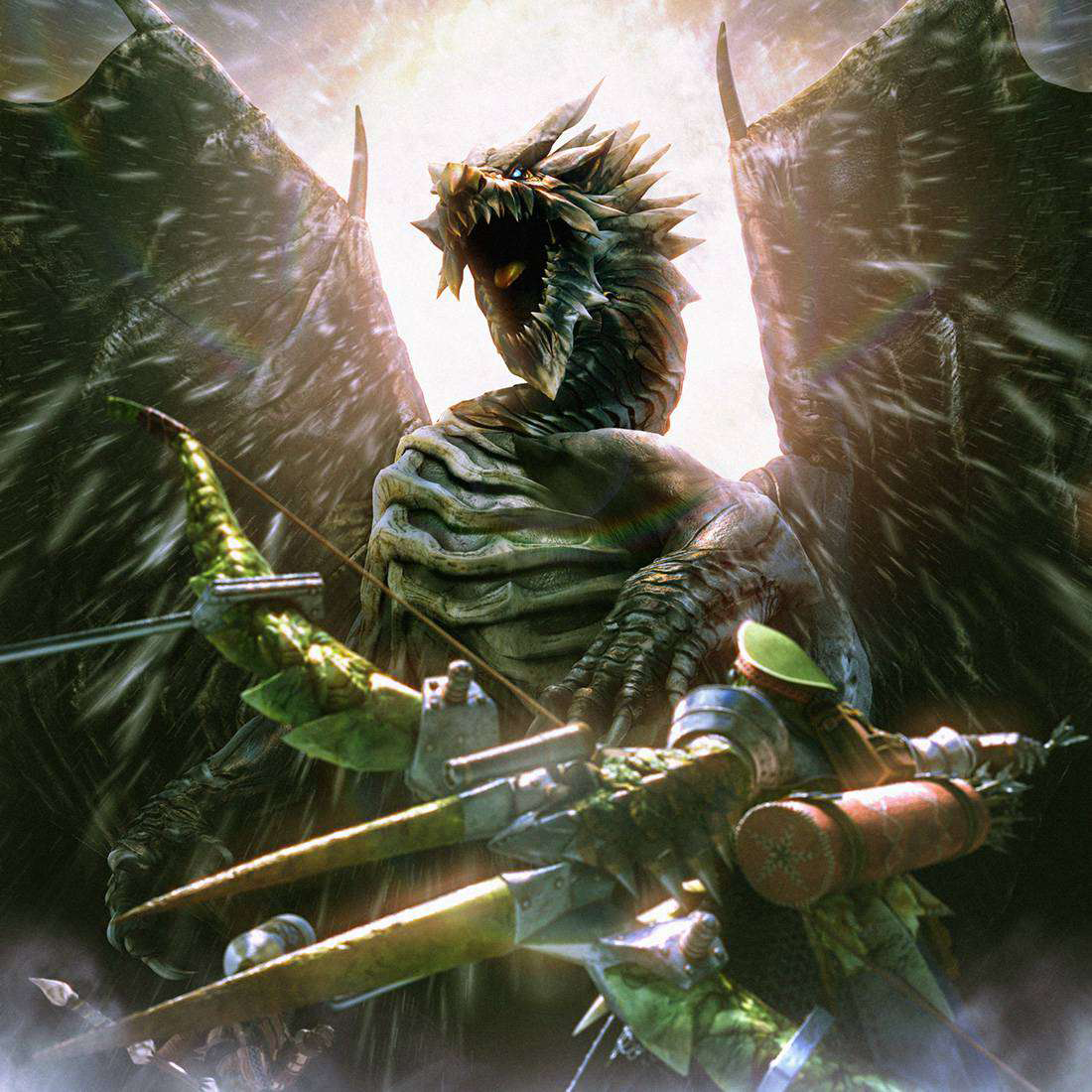
Second-generation weapons, introduced in Monster Hunter 2, offer unique variations on the original weapon types with distinct movesets and mechanics.

The Long Sword, known for its fluid combos and high damage, was introduced in Monster Hunter 2. Unlike the Great Sword, it lacks blocking capabilities but offers greater mobility and a more dynamic combo structure. Its Spirit Gauge mechanic, filled by successful attacks, allows access to the Spirit Combo. Subsequent games introduced new levels to the Spirit Gauge and finishers like the Spirit Thrust Helm Breaker and Foresight Slash, transforming it into a counter-based weapon.

The Hunting Horn, introduced in Monster Hunter 2, is the quintessential support weapon, utilizing the Recital mechanic to play beneficial songs. Its impact damage focuses on stunning monsters, particularly when targeting the head. Over time, the Recital mechanic evolved to allow note playing during attacks, song queuing, and Echo Notes for additional buffs. Monster Hunter Rise simplified the mechanic, making it more accessible but less complex.

The Gunlance, introduced in the second generation, combines elements of the Lance and Bowgun, offering piercing attacks and explosive rounds. Its Shelling Abilities vary by weapon, affecting the power of its shelling attacks. Monster Hunter 3 introduced quick reload mechanics and new attacks like Full Burst and Wyvern’s Fire, while Monster Hunter World added the Wyrmstake Shot. Balancing shell usage and overheating is key to mastering the Gunlance.
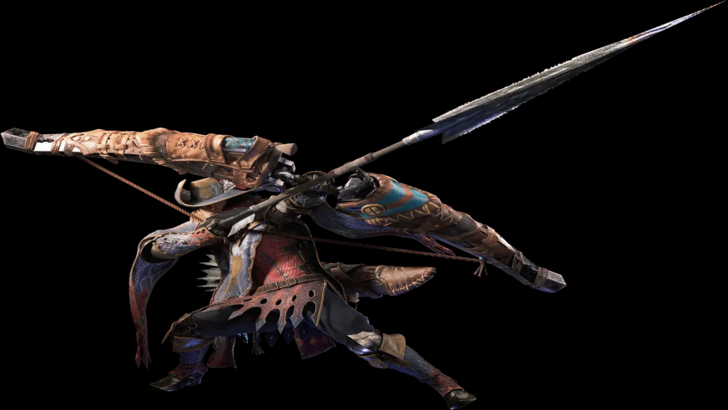
The Bow, introduced in Monster Hunter 2, is the most agile ranged weapon, excelling in close-to-mid-range combat with its mobility and combo-based attacks. Its chargeable shots and Coatings enhance its versatility. Monster Hunter World unified its moveset, making it more combo-heavy, while Monster Hunter Rise reintroduced Shot Types tied to charge levels, further refining its aggressive playstyle.
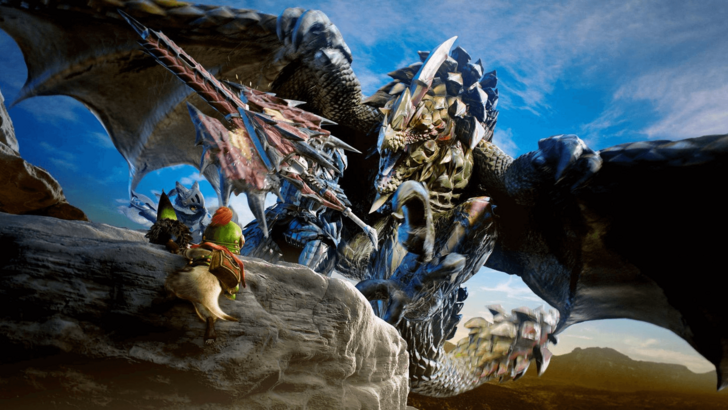
Weapons introduced in Monster Hunter 3 and 4 brought innovative mechanics, including morphable weapons and unique buff systems.
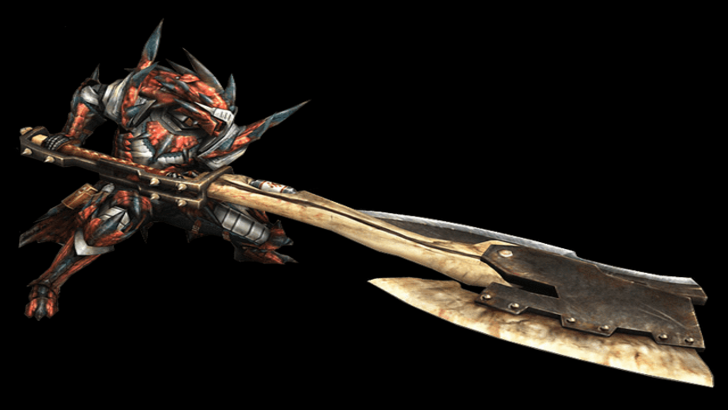
The Switch Axe, introduced in Monster Hunter 3, offers two modes: Axe Mode for mobility and reach, and Sword Mode for higher damage and Elemental Discharge finishers. Its morphing capabilities were enhanced in subsequent games, with Monster Hunter World introducing the Amped mechanic to empower Sword Mode. Monster Hunter Rise extended this to both modes, encouraging seamless form switching for maximum damage.

The Insect Glaive, introduced in Monster Hunter 4, specializes in aerial combat and is paired with a Kinsect that collects essences to grant buffs. The weapon excels at mounting monsters and requires players to quickly gather red, white, and orange essences for optimal performance. Subsequent games simplified the Kinsect upgrade system, making it more accessible while maintaining its unique aerial prowess.
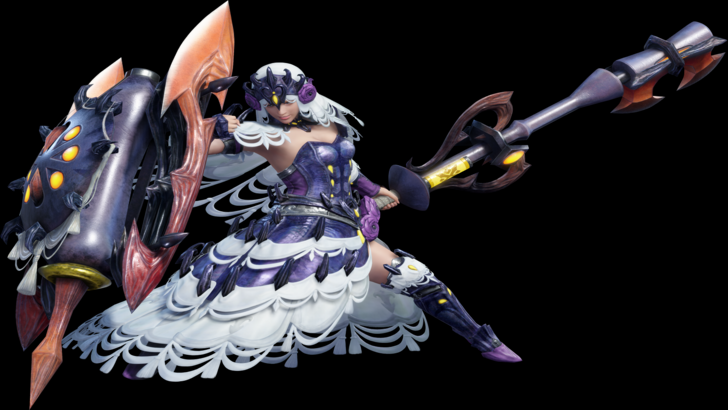
The Charge Blade, also introduced in Monster Hunter 4, combines Sword Mode for charging phials with Axe Mode for unleashing Amped Elemental Discharge. Known for its complexity, mastering the Charge Blade involves understanding its Guard Points and mode transitions. Its versatility and rewarding mechanics make it a favorite among players willing to invest time in learning its intricacies.
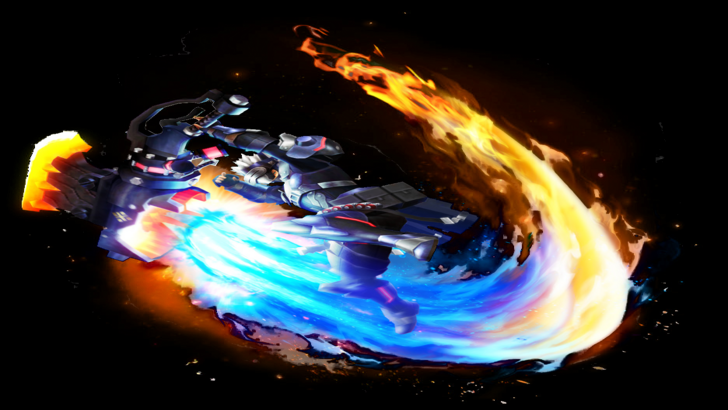
While Monster Hunter Wilds will feature the fourteen weapons mentioned, the series has a history of introducing new weapons in each iteration. Given its longevity, it's likely that future games will either introduce new weapons or bring back those from previous releases. As a fan, I look forward to seeing how the series continues to evolve and expand its arsenal, even if I find myself returning to the Sword and Shield time and again.
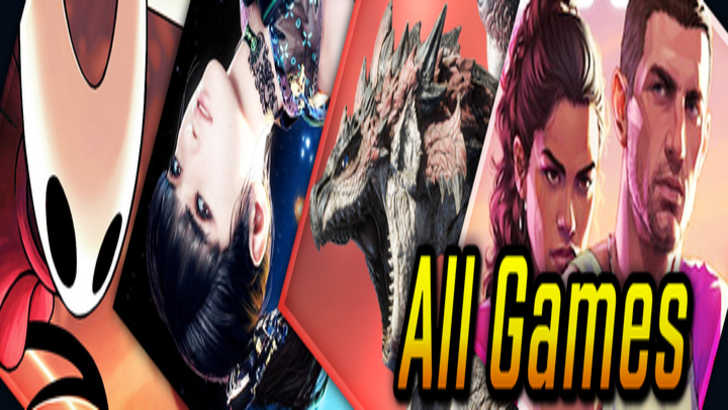
Girls Frontline 2: Exilium Global Website Goes Live, Along With Its Socials!
Marvel Rivals: Understanding Bussing and Catching It
New Game Plus in Assassin's Creed Shadows: Confirmed?
Top Skills to Prioritize for Yasuke in Assassin’s Creed Shadows
Assassin’s Creed Shadows Movements Reviewed by Two Parkour Athletes
Death Stranding 2 Release Date Unveiled in Massive Trailer
Top 25 Action Films Ever Ranked
Top Free Fire Characters 2025: Ultimate Guide